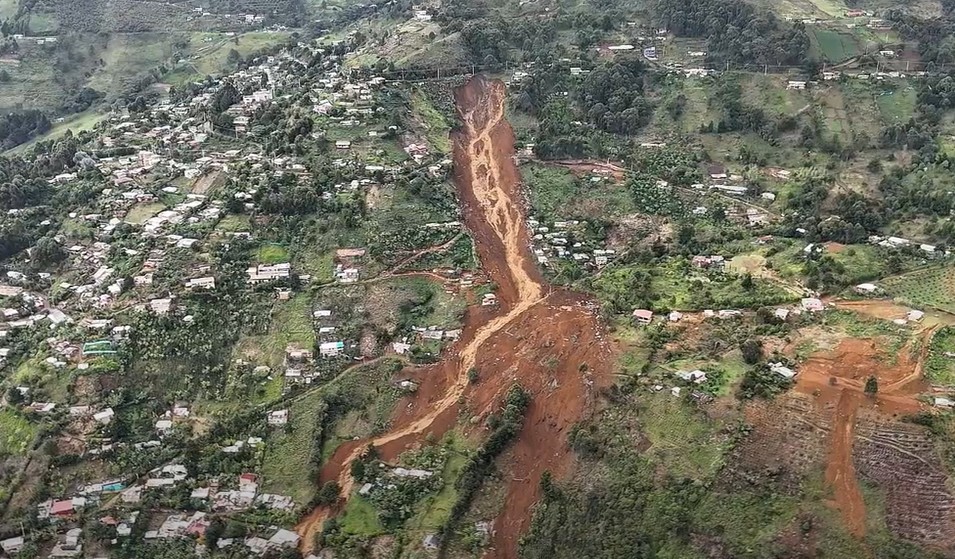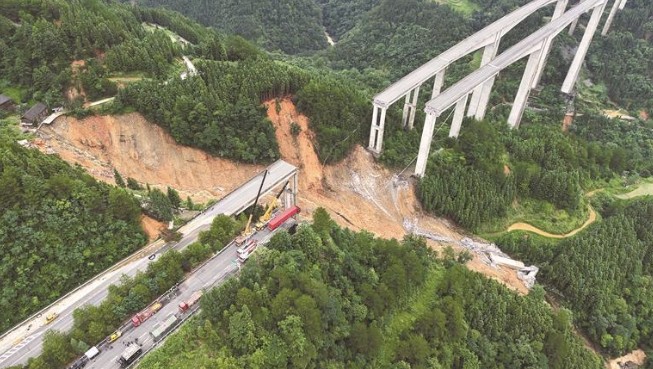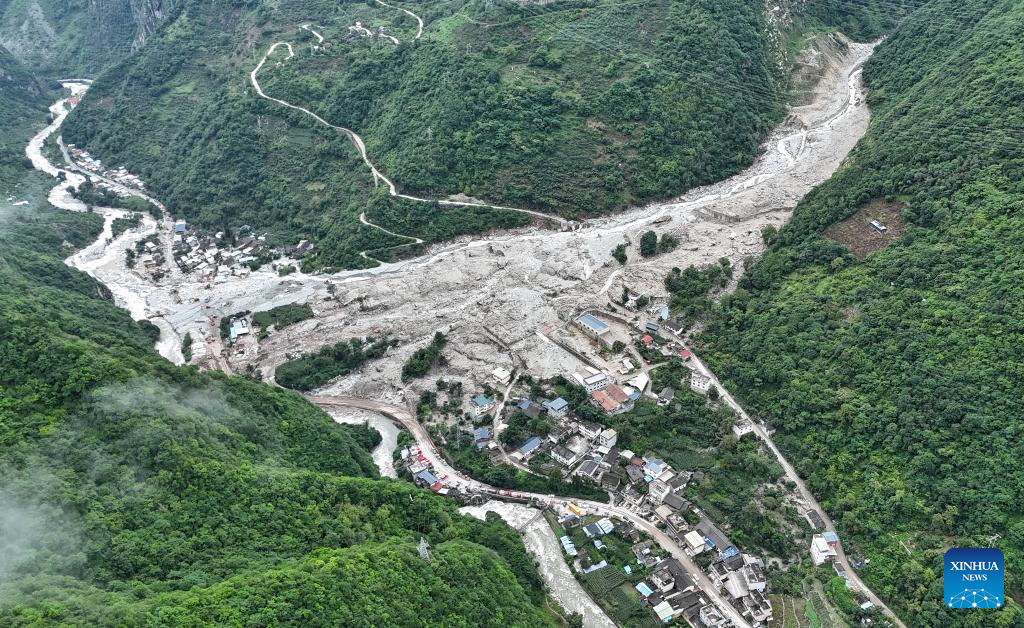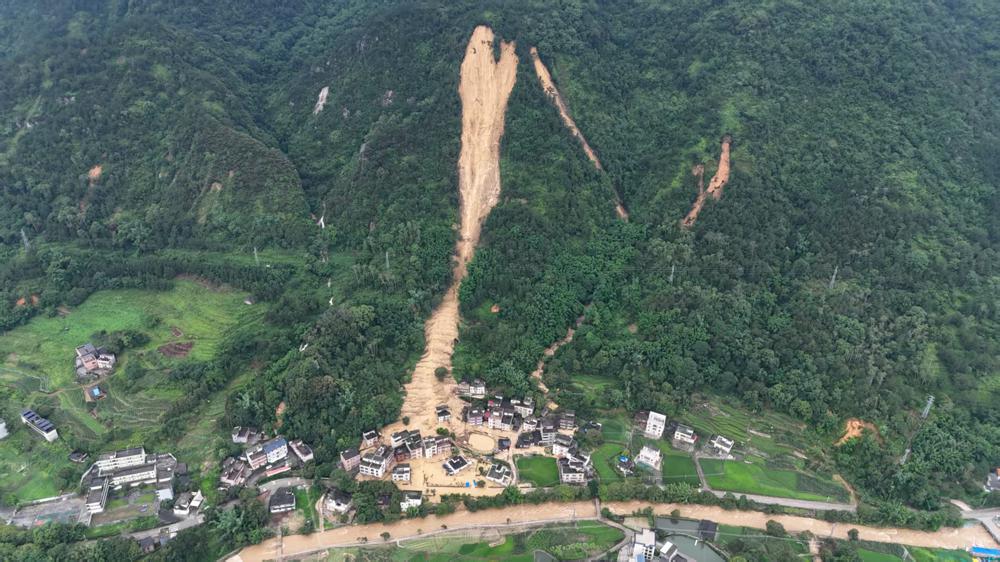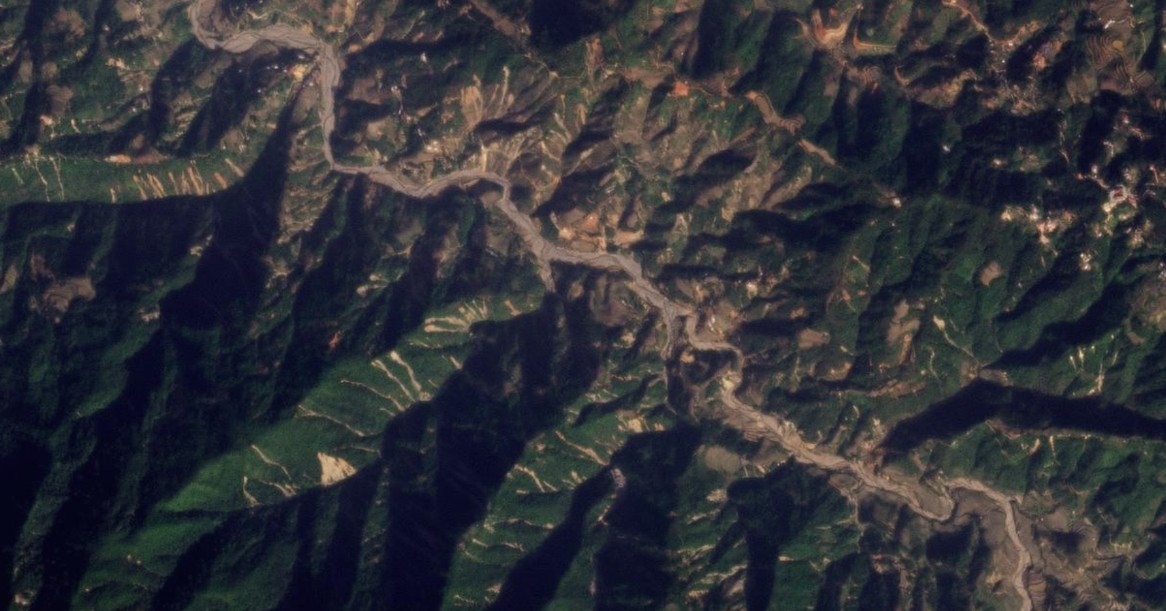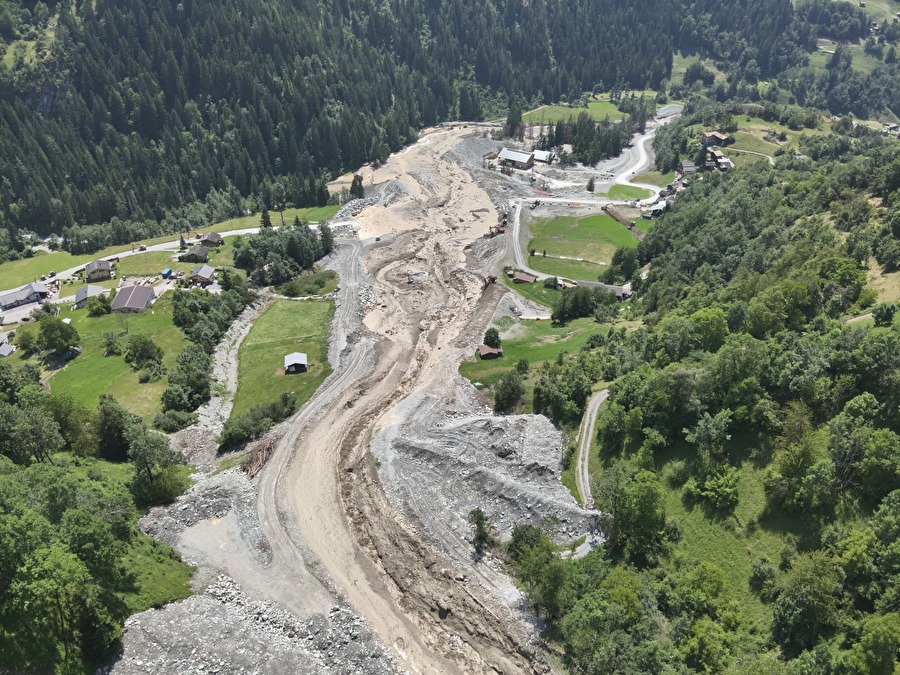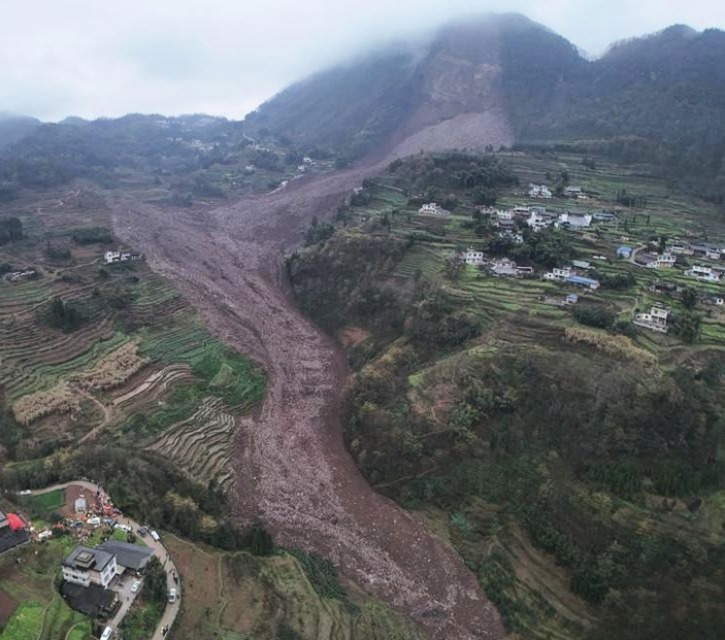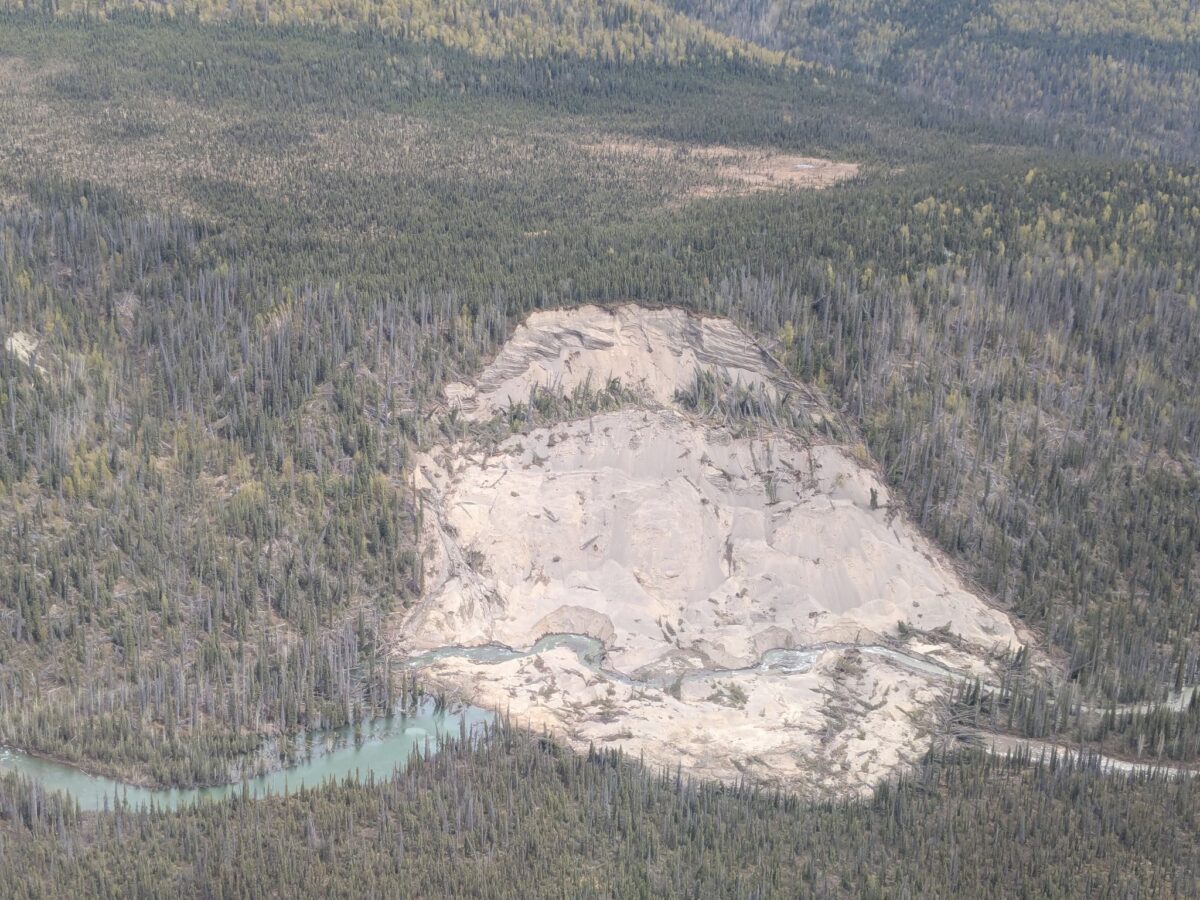A major landslide has occurred in the vicinity of Altos de Oriente and Manantiales, near to Medellín and Bello, in Colombia. It is believed that about 25 people died. On 24 June 2025 at 3:20 am, a large landslide occurred in the vicinity of Altos de Oriente and Manantiales, near to Granizal in Colombia. At […]
landslides
The 24 June 2025 landslide at Houzihé Grand Bridge in Guizhou, China
A significant landslide has destroyed a major bridge on the Xiarong Expressway in Guizhou, China. On 24 June 2025, intense rainfall triggered a significant landslide at the site of the Houzihé Grand Bridge, which is a part of the Xiarong Expressway (a key road that is also known as Xiamen–Chengdu Expressway (route G76). The landslide […]
The 3 August 2024 debris flow in the Ridi valley, Kangding, Sichuan Province, China
27 people were killed by a massive channelised debris flow in China last year. On 3 August 2024, a large debris flow occurred in the Ridi valley, Kangding, Sichuan Province, China. This event is described in a paper (Cheng et al. 2025) just published in the journal Landslides. Whilst the paper itself is behind a […]
The 15 June 2025 landslide at Zhonghe in western Guangdong province, China
A community in China had a narrow escape when a landslide, triggered by Typhoon Wutip, occurred on the slopes above the village. Fortunately, the population had been evacuated when a local woman noted signs that a failure might be imminent. At about 4 am on 15 June 2025, rainfall associated with the remnants of Typhoon […]
Images of the May 2025 Yukon River landslide
Derek Cronmiller of the Yukon Geological Survey has provided a stunning set of the images of the fascinating recent failure that partially blocked the Yukon River. Following my post yesterday about the May 2025 landslide on the Yukon River, Derek Cronmiller, who is head of Surficial Geology at the Yukon Geological Survey kindly made contact […]
A large landslide on the Yukon River in Canada
In May 2025, a 950 m wide landslide occurred on the banks of the Yukon River in Canada. A few days ago, the Yukon Geological Survey posted some information to its Facebook site regarding a large landslide that has occurred on the banks of the Yukon River close to Burma Road. This was the information […]
Multiple rainfall-triggered landslides in Ho Bon commune Vietnam in August 2023
Between 4 and 6 August 2023, intense rainfall triggered at least 346 landslides in the area around Ho Bon commune in Mu Cang Chai district, Yen Bai province in Vietnam I have written frequently on this blog about clusters of rainfall-induced landslides. Another really interesting example has been highlighted in a paper (Toan et al. […]
Another landslide crisis in Switzerland – debris flows in the Val de Bagnes
30 people have been evacuated in Les Epenays and Fregnoley in the Val de Bagnes in Valais due to the threat of debris flows . As the dust settles on the landslide crisis at Blatten, Swissinfo has published a very nice article highlighting the growing landslide risk in Switzerland. For example, in the canton of […]
An initial analysis of the 8 February 2025 Junlian rock avalanche, China
A new paper in the journal Landslides has presented a review of a large landslide that killed 29 people in Sichuan Province. On 8 February 2025, a large rock avalanche occurred in Junlian County in Sichuan Province, China. I wrote about this event, now known as the Junlian rock avalanche, at the time. With remarkable […]
A landslide on the Lakina River in Alaska
A recent Facebook post has highlighted a reasonably large slump landslide in a remote area of Alaska. Satellite images suggest that this occurred in late October or early November 2024. Loyal reader Andrew McNown kindly highlighted a recent Facebook post that provided some images of a landslide that has partially blocked the Lakina River in […]

